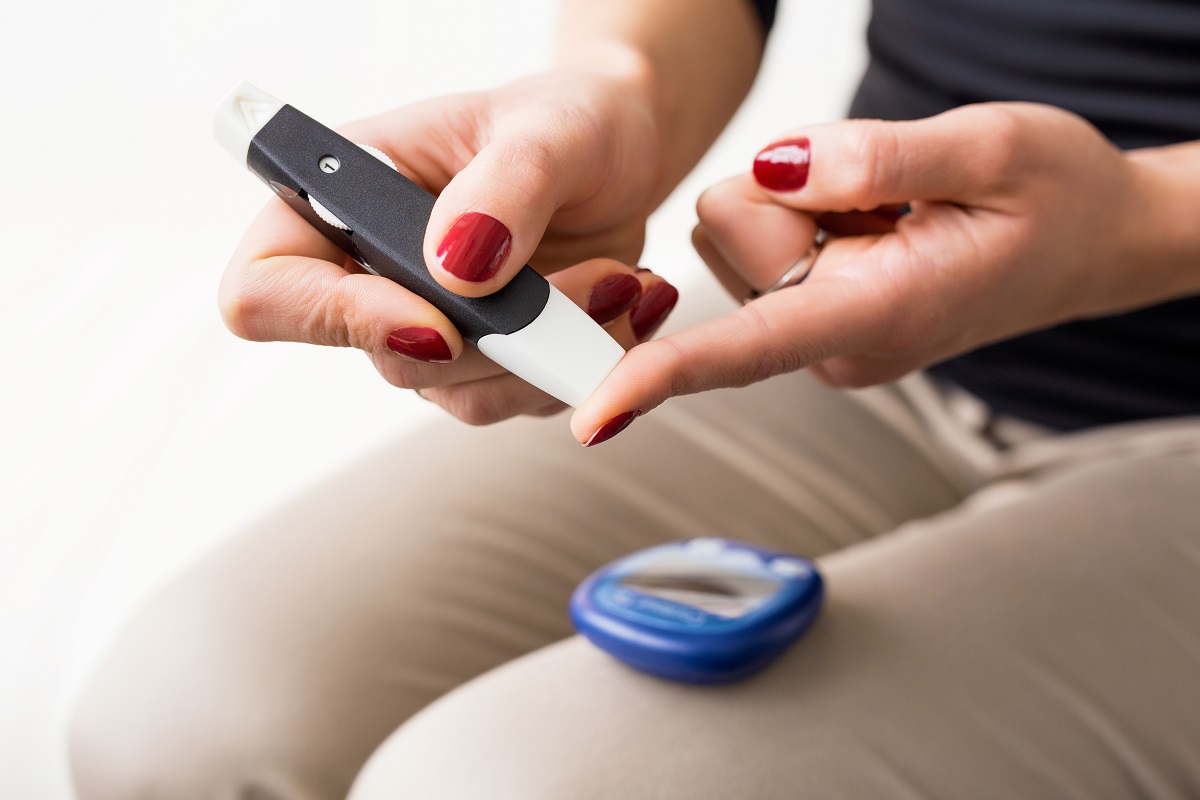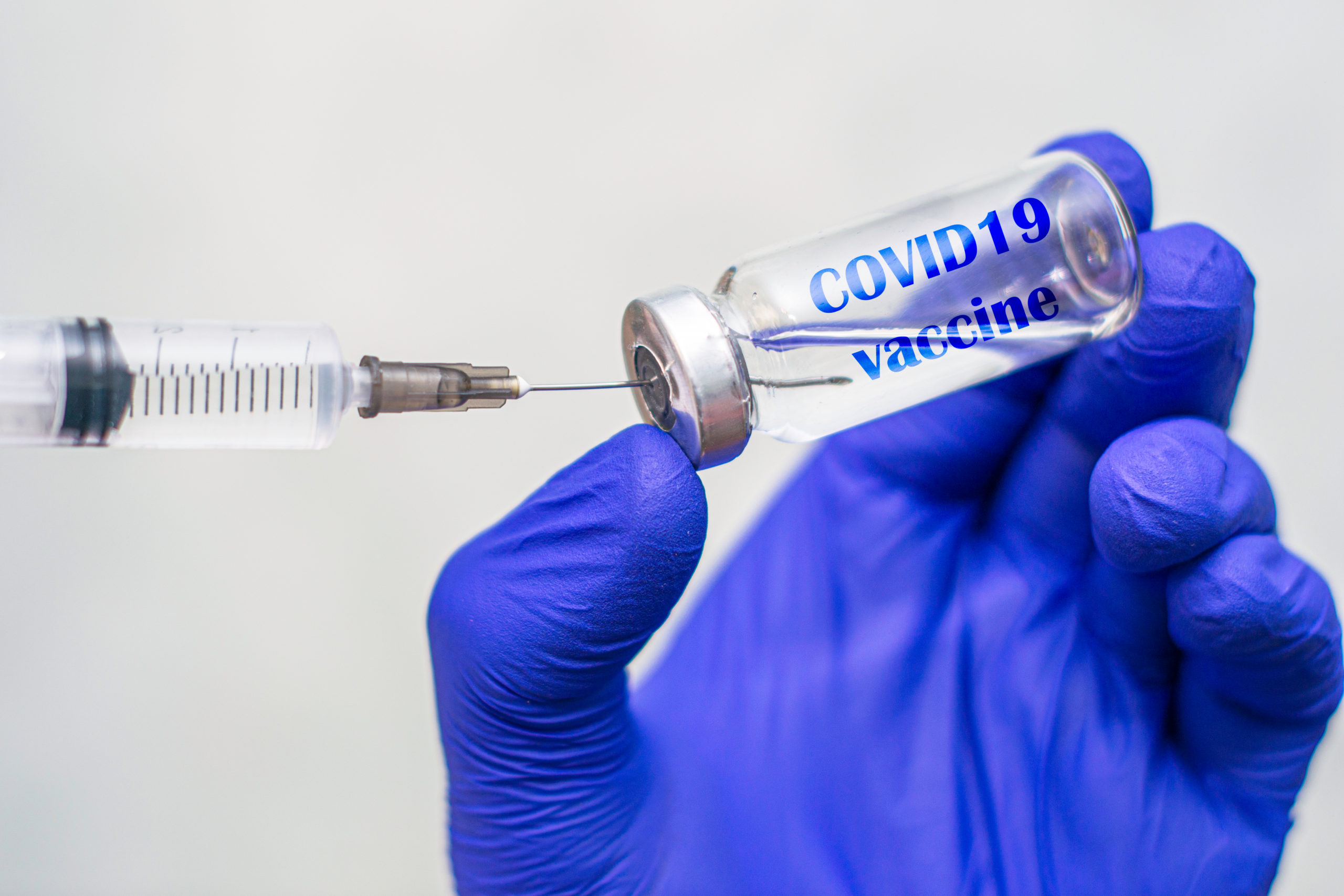Diabetes management has seen significant advancements in recent years, particularly with the introduction of new technologies designed to improve patient outcomes. As of December 2023, recent clinical studies have showcased innovative tools that are transforming the way individuals with diabetes monitor and manage their condition.
One of the most notable developments is the rise of continuous glucose monitoring (CGM) systems. These devices allow patients to track their blood sugar levels in real-time, providing valuable data that can help them make informed decisions about their diet, exercise, and insulin use. Unlike traditional fingerstick testing, which provides only intermittent readings, CGMs offer continuous data that can lead to better glycemic control.
Recent studies have demonstrated that patients who use CGMs experience fewer episodes of hypoglycemia (low blood sugar) and improved overall blood glucose management compared to those who rely solely on traditional monitoring methods. This is particularly important for individuals with Type 1 diabetes, who must closely monitor their blood sugar levels to prevent severe complications.
In addition to CGMs, automated insulin delivery systems, often referred to as “artificial pancreas” systems, are gaining popularity among patients with diabetes. These systems use algorithms to automatically adjust insulin delivery based on real-time glucose readings from the CGM. This technology reduces the burden of manual insulin adjustments, allowing patients to focus more on their daily lives while maintaining better control over their blood sugar levels.
Clinical trials have shown that these automated systems can significantly improve HbA1c levels (a measure of long-term blood sugar control) while reducing the risk of hypoglycemic episodes. Patients report feeling more confident in their ability to manage their diabetes, leading to improved quality of life and overall well-being.
The integration of smartphone applications with diabetes management tools has also enhanced patient engagement. Many CGM and insulin delivery systems now offer mobile apps that allow users to track their glucose levels, insulin doses, and other health metrics. These applications often include features such as reminders, trend analysis, and educational resources, empowering patients to take a more active role in their diabetes management.
While these advancements represent a significant leap forward in diabetes care, challenges remain. Access to these technologies can be limited, particularly for individuals without insurance or those in underserved communities. Advocacy groups are pushing for policy changes to ensure that all patients have access to the latest diabetes management tools, regardless of their socioeconomic status.
Moreover, ongoing research is essential to continue refining these technologies and improving their accessibility. Collaborations between healthcare providers, technology companies, and patient advocacy organizations are crucial in driving innovation and ensuring that advancements in diabetes care reach those who need them most.
As these innovations continue to evolve, there is hope for a future where diabetes management is more effective, convenient, and accessible for all patients. With ongoing support and investment in research, the diabetes community is optimistic about the potential for improved health outcomes and quality of life for individuals living with this chronic condition.



